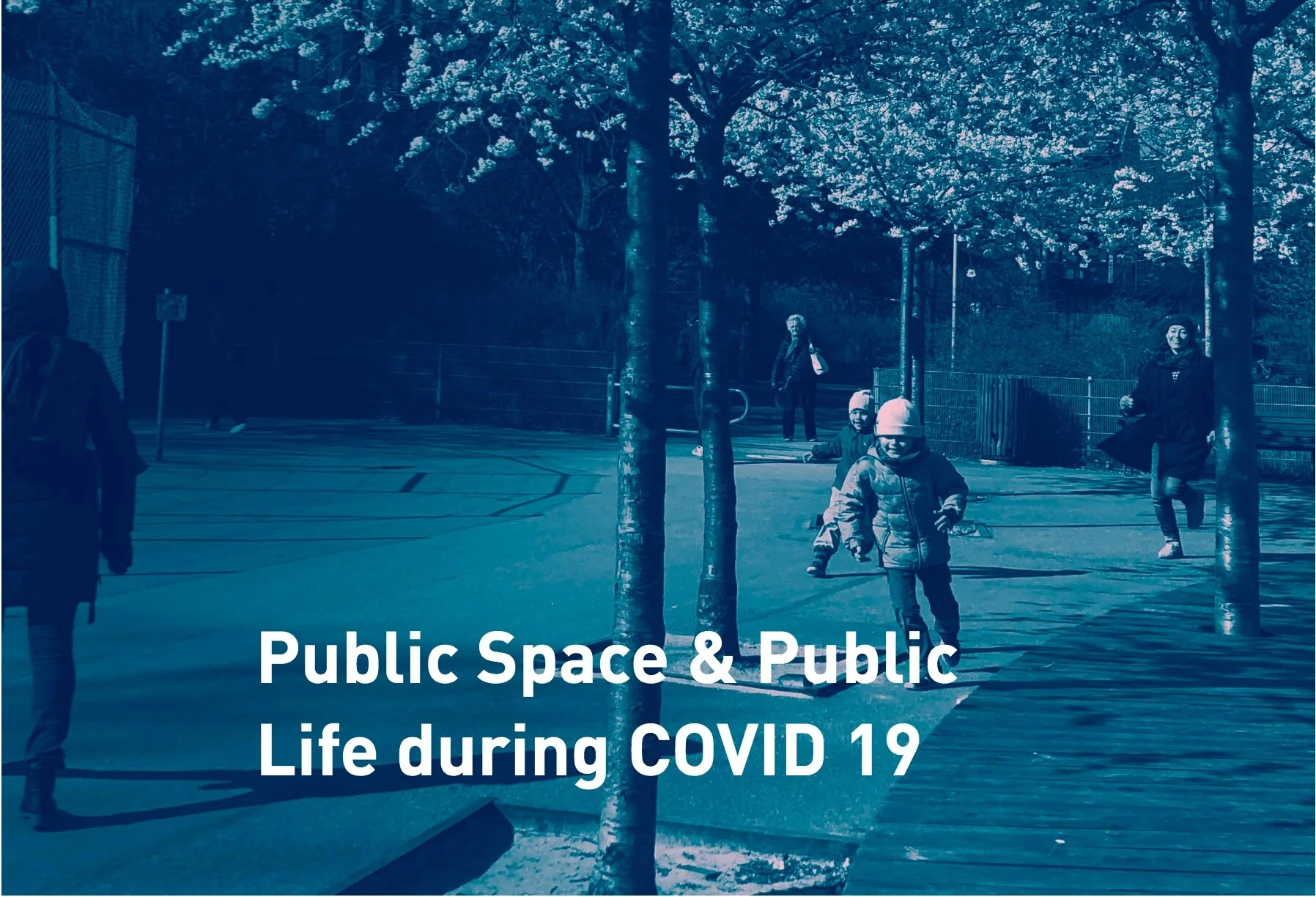Public Space & Public Life during Covid 19
/Jan Gehl and his staff, with the support of Realdania and the City of Copenhagen, have looked at how the coronavirus pandemic and restrictions imposed for necessary social distancing have changed the ways in which people are using streets, public spaces, parks and playgrounds during the "lock-down."
A team of 60 surveyors completed observations over 12 hours on two days, a Friday and a Saturday, in Copenhagen, Helsingør, Svendborg and Horsen.
Information was logged using their digital platform called Public Space Public Life to record who was using public space for activities and when; to record if people were stationary or moving through the space and to record if those people who were outside were alone or in small groups.
Conclusions from that data have now been presented in their report as what are called 'snap shots' with charts, dynamic maps and simple graphs to record the time and the location of activity.
Downtown or commercial areas, particularly shopping streets, had less use than would be normal but local places with activities such as playgrounds were used more and used by more children and older people than before and observers recorded changes in gender distribution, so women were often seen in pairs while men tended to be either alone or in groups of four or more.
The research was undertaken because "Major global crisis, such as pandemics, economic depressions, and wars shape our societies and the way people experience everyday life."
No one can be sure how the pandemic will progress or what, if any, the immediate and the long-term consequences will be but this report forms an important and appropriate starting point for any changes and any new planning policies for public space that might be necessary.
the full report is available online in Danish or in English
Jan Gehl - People








































